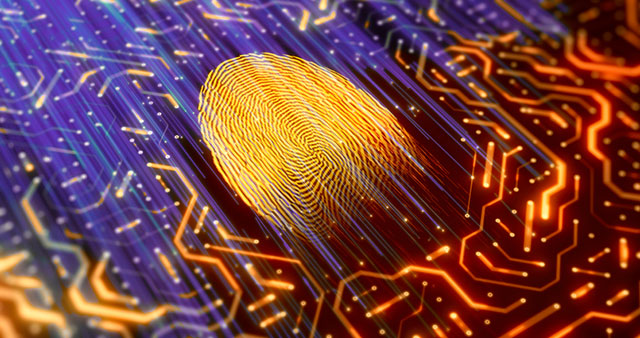FEATURE
Digital Identity:
Where is the world of passwordless heading
Enter digital identity. The authentication system is based on biometric data or other personal information to verify a user's identity. This technology promises to revolutionize security by providing stronger protection against fraud and data breaches.
Passwords have been in use since the early days of computing. Initially, they were simply used to access computers or networks. Over time, passwords have become the standard for protecting everything we do online. This system worked adequately for a while, but with the increasing sophistication of hackers and cybercriminals, it's becoming clear that passwords are no longer enough.
Enter digital identity. The authentication system is based on biometric data or other personal information to verify a user's identity. This technology promises to revolutionize security by providing stronger protection against fraud and data breaches.
This article discusses the implications of digital identity for security. Read on to learn where the world of passwordless authentication is heading.
The current state of passwords
Passwords are easy to use and familiar to most users. As such, they remain the most popular choice for authentication. However, countless studies have shown that passwords are far from secure.
Passwords are unsafe
Passwords can easily be stolen, guessed, or brute-forced by hackers. Best practices like using long, random strings and regularly changing passwords can help improve security. The problem is that these measures are not widely followed.
In fact, 53% of people rely on memory for their passwords, meaning they are simple enough to remember. Most are not secure enough to protect against malicious actors. Additionally, the reuse of passwords is rampant. One study found that 78% of Gen-Z use the same password for multiple accounts. This means that if one account is compromised, all other accounts with the same password are also at risk.
With phishing scams, keyloggers, and other malicious attacks on the rise, passwords can no longer be trusted as a reliable security measure. The recent “RockYou2021” data breach was a stark reminder of just how vulnerable passwords can be. This massive leak exposed 8.4 billion unique passwords, compiled into a single list and made available online. It was the biggest data breach of all time and served as an example of why organisations need to move away from traditional passwords for authentication.
Passwords protect vital information
Additionally, passwords are used to protect highly sensitive information, such as professional and medical records. Passwords can also access websites and services that require authentication, such as banking sites or social media accounts. Given the potential risks associated with compromised passwords, it is clear that a more secure authentication system is needed.
One study found that 78% of Gen-Z use the same password for multiple accounts.
Passwords cause friction
Finally, passwords can cause user frustration and drop-off. Users often forget their passwords or must go through multiple steps to reset them if they get locked out of an account. It can be a lengthy process that may lead users to abandon the site altogether, resulting in lost revenue for businesses.
Next steps
Our digital life is becoming increasingly intertwined with our physical reality. The banking industry using NFC has already made great strides in terms of authentication, and the same technology is expected to be adopted by other industries soon. But passwordless can go far beyond that.
As mass adoption continues, we will see government entities moving toward a digital identity as a part of their security measures. China is leading the charge in this regard, having already implemented a national digital identity system. The initiative supports the 100 million Chinese citizens who have moved away from where their physical ID was issued. When these people need access to government services, they can easily use their digital ID to prove their identity. Otherwise, they would have to return to their hometown, where their physical ID is valid.
China's digital ID can also be used to book hotels, buy tickets, or access banking using facial recognition. This system is an excellent example of how digital identity can improve security and simplify daily processes for the user.
Canadians also teased about their digital identity system in early 2022, though the details of this system remain murky. As more countries embrace this technology, it will be interesting to see how digital identity is used in different contexts.
